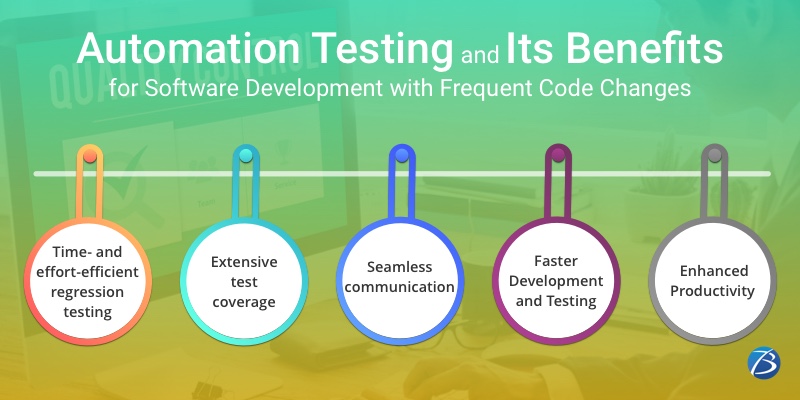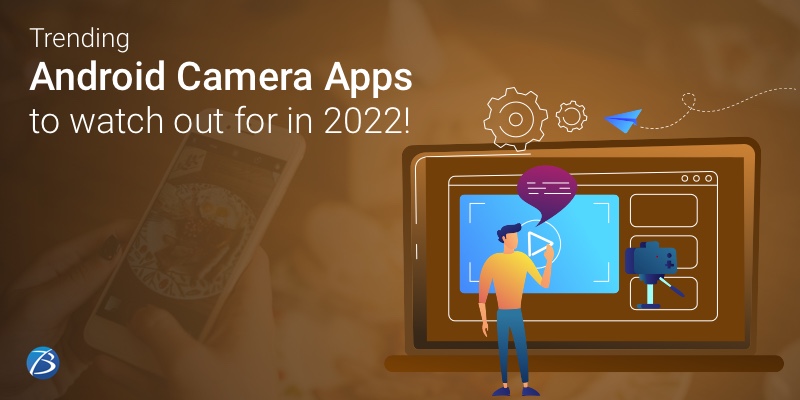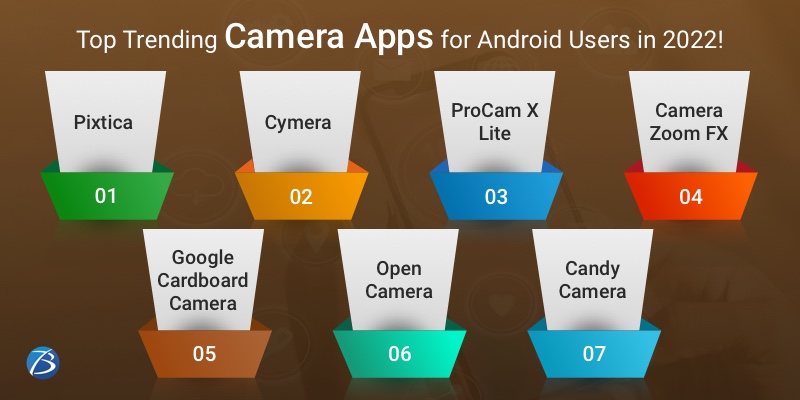As per a survey by Global Market Insights, a distinguished research portal, “the size of the ePharmacy market crossed 68 billion USD in 2021 and is predicted to grow at a CAGR of 16.8% from the year 2022 to 2028”.
So, it’s high time entrepreneurs should consider building a pharmacy app, isn’t it? This post outlines the benefits of investing in pharmacy app development, and also provides insights on the must-have features to include in a sound pharmacy app.
Essential Features that add Value to Pharmacy Apps
Besides the regular functionalities like customer login, push notifications, customer feedback, etc. your app needs to integrate some additional features that will add value to your pharmacy application. Check them out!
Medicine Description
A comprehensive description of medicines including dosage, usage methodology, possible side effects, storage directions, and reviews from other consumers; will provide assurance to individuals purchasing a specific medicine.
Easy Ordering
The process of placing an order must be plain sailing and easy to execute. For this, it’s recommended to have a virtual cart for consolidating patient orders, an order tracking feature, and several secure payment options for consumers.
Smart Search Feature
Running the smart search feature simplifies the medicine search process - a consumer can find medicines based on the kind of medicine, the type of equipment, the preferred location, and so on.
Uploading and Refilling of Prescriptions
It’s advisable to provide patients the facility of uploading their doctor’s prescription directly on the applications and have the search engine take care of the rest of the actions. This way, patients can save the hassles, time, and effort of looking for each medicine separately. Refilling of prescription is also a crucial feature to include; it will save patients the efforts of visiting a store.
Advice from a professional
This feature is highly desirable and helpful for customers using pharmacy apps. Here, consumers may seek advice from a professional pharmacist, in case they have any queries on certain medication, or come across some issues while finding a particular medicine. This facility can be offered through chat or calls.
Reasons to Build a Mobile App for your Pharmacy Business
Brand Awareness, Marketing, and Recognition
A well-designed pharmacy application with a visually attractive & SEO-friendly interface, your logo, pictures of your store, easy purchase options, and other details about your business; works wonders in branding, effective marketing, and gaining widespread recognition.
The traditional practice of showcasing your brand’s product/ service offerings through catalogs and brochures has been replaced by apps these days. And, an app serves this purpose more effectively. Customers who download your app can easily access your digital catalogs and get notified about the latest deals or new offerings through push notifications since your app is downloaded on their devices. Customers may miss commercials, emails, or social media posts; but not a push notification. Most importantly, you are always in your customer’s mind. And, this strategy works better than website marketing.
Furthermore, providing customers the incentive of sharing your app with their friends will further establish your digital presence.
More Transparency
Pharmacy apps providing comprehensive information about their offerings and functional standards, help to build trust amongst customers. This is because this approach makes your services all the more transparent and attractive. An app that is organized, effortlessly accessible, and contains minute descriptive details about medicines increases transparency.
Gaining Insights on Buying Trends and Improvement Areas
Several pharmacy applications integrate an analytical tool into their app for studying user behavior. This tool provides pharmacy businesses with useful information on the current buying trends and patterns of consumers. Pharmacy store owners can also identify the weak points in their business offerings and identify the areas of improvement in their business model. And, updating the app from time to time with relevant features, accelerate sales.
Pharmacy owners can also learn about their customers’ requirements and preferences through digital feedback forms.
This way, it becomes easy for businesses to improve their efficiency and service quality, broaden their service offerings, and implement relevant consumer engagement strategies for attracting more customers. So, isn’t it a smart approach for your business growth?
Gaining Customer loyalty and Promoting Sales
Pharmacy apps help business owners convey important information concerning sales, discounted offers, new stock arrival, and promotional offers to customers through push notifications. This strategy helps pharmacy owners to effectively reach out to customers as they carry their mobile handsets wherever they go. Moreover, if you customize customers’ shopping experience, the online traffic of your app will accelerate.
Pharmacy apps elevate consumers’ shopping experience beyond the confines of store premises as they are capable of delivering round-the-clock services. The online catalogs are updated constantly providing timely information to the customer. Also customers can avail of personalized discounts, thereby giving better value to the customer.
Providing a Rich Customer Experience
Advanced pharmacy apps offer a responsive solution that caters to every requirement of modern tech-savvy consumers in every possible way and increases the number of touchpoints as well.
With apps, getting medicines delivered at the doorstep or booking an online consultation with pharmacists; is a few finger clicks away. This allows patients to manage prescriptions in a better way and improves the PDC (proportion of days covered) scores of patients. The app notifies the customers on when to reorder medication via automated refill reminders and enables them to instantly refill prescriptions without having to visit the store physically. With a HIPAA-compliant app, consumers can choose amongst multiple secure payment gateways. Some apps store customers’ card information and enable access to payment apps like PayPal to simplify payment hassles for online buyers.
An app facilitates online consultations between a patient and the pharmacist. It reduces friction in the workflow of the pharmacy and, as a result, every patient who has booked a consultation receives quality care without having to spare any waiting time.
Online Pharmacy App: Lower Investment Costs and Minimum Risks
Businesses that operate on-demand medicine delivery apps need not invest heavily in renting physical spaces, equipping their stores with necessities, or hiring a workforce for running the pharmacy. They only need to invest in proficient mobile app developers to build a responsive, scalable, and feature-rich pharmacy app that will execute sales and fetch revenue; rope in deliver personnel, or team up with a delivery service aggregator.
Moreover, entrepreneurs planning to launch their digital pharmacy enjoy the benefits of a shorter launch time, immense flexibility, and lower risks as compared to physical stores.
Preventing Misuse of Sensitive/High Dosage Drugs
Constant Supply
The constant supply of medicines is a necessity, as patients need medicines instantly or within a short time. So, pharmacy providers must ensure that there’s a constant supply of medicines. This prerequisite is easy to maintain with an app, as here, the orders are directly placed to pharmaceutical companies or bulk medicine suppliers. This helps to eliminate the issue of shortage when individuals or retailers place orders through an app.
Saves time of Consumers as well as Providers
Customers using pharmacy apps can check the availability of medicines by browsing through online catalogs that provide comprehensive information on products; and then can directly place the order for home delivery of medicines. This saves a great deal of their time and effort.
The digital channels opened up by apps, distribute the workload of pharmacy businesses. The self-service approach for consumers and the automation of certain manual store-related tasks save time and allow businesses to focus on core activities.
End Note:
Thus, developing a pharmacy app is a great tool for marketing, branding, attracting customers, providing better services, and the quickest and most cost-efficient way of generating revenue for businesses.
All you need to do is team up with an adept and experienced pharmacy app development company like Biz4Solutions. We have helped several businesses throughout the globe to build profitable apps.












